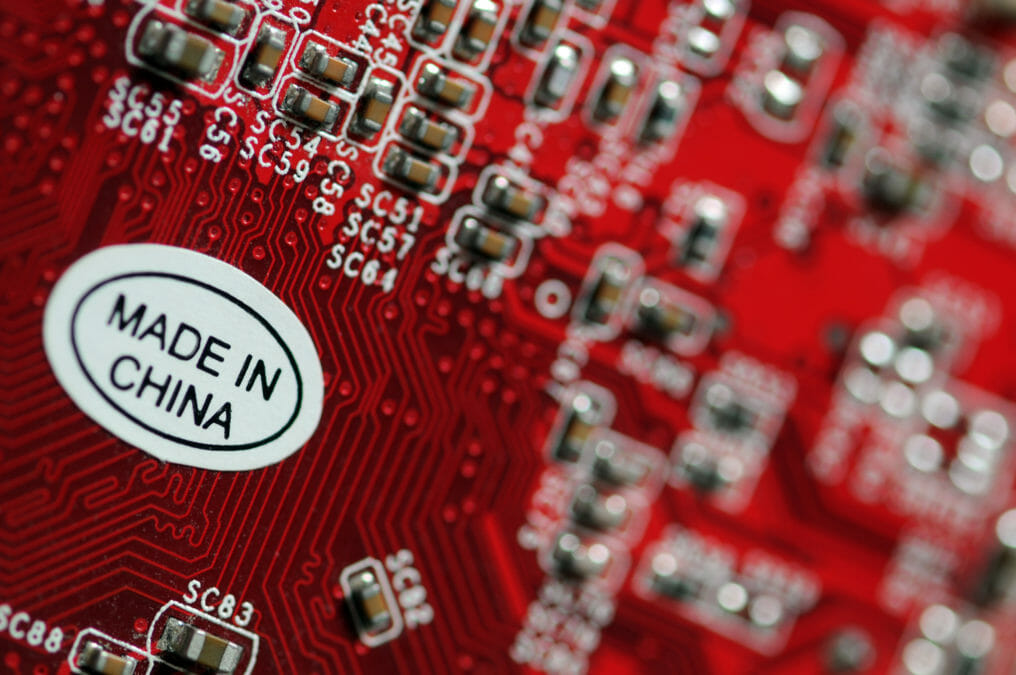India’s top five IT outsourcing companies comfortably outpaced the worldwide IT services market in 2012, according to a recent report by Gartner.
TCS, Cognizant, Infosys, Wipro and HCL Technologies collectively grew revenues by 13.3% during the year – more than six times faster than the global market, Gartner found, which languished at 2% growth.
But that does not mean all is well with the industry. “The growth rate of India- based providers has been slowing for some years, but in 2012 this trend was more pronounced,” the analyst company noted.
Not all of those top five suppliers are in the same position. Last year, Infosys was overtaken as the industry’s number two supplier by Cognizant. Its revenues grew by just 6% – disastrous by Indian IT providers’ standards – compared to Cognizant’s 20%.
Infosys recently brought founder and former CEO NR Narayan Murthy out of retirement to provide some much-needed strategic leadership. (His first act after rejoining the company was a payrise across the board).
But according to Sid Pai, partner and president of outsourcing advisory ISG’s Asia Pacific division, the sector as a whole is facing some thorny challenges.
“The first issue is that penetration for their traditional services is extremely high,” says Pai. That means the industry is unlikely to be able to maintain its historically high rates of revenue growth. “The 30% growth rates they used to enjoy are a thing of the past.”
Secondly, Pai says, the way customers want to buy IT services is changing. “The old model of charging for time and materials is moving towards outcomes-based pricing and fixed-cost contracts.”
“And thirdly, the offshore model has reached maturity, so they need to have a large local presence near to their customers,” Pai explains.
In short, Pai says, “the Indian firms are going to need to mimic the global firms. And that, of course, means margin dilution, so there’s a rough patch ahead for these guys”.
Alternatives strategies
Pai’s comments echo a report published by IT analyst company Constellation Research earlier this year. In it, founder R ‘Ray’ Wang argued that classic time-and-materials, skilled body shop market has maxed out.
Wang recommended a number of strategies that the Indian companies could pursue instead. The first of these is to develop their own intellectual property, to sell as either on-premise software or cloud services.
Pai agrees. “I think we’ll see more investment in resalable solutions that can be sold as solutions, not services.”
So far, however, the Indian IT industry has yet to successfully grasp either of these opportunities, he says.
That is not to say it has not developed some viable software products. But the software business is a totally different ecosystem to IT services. For one thing, says Pai, few customers want to buy software licenses and implementation services from the same company.
Meanwhile, Pai says, the Indian IT industry’s cloud efforts are best described by the title of a 1999 song by Sting – “Heavy Cloud, No Rain”.
“There’s lots of potential around the cloud, once they figure out all the specifics around security and risk. But the potential hasn’t materialised yet.”
Another of Wang’s recommendations for the Indian providers was use the technical knowhow to help customers design and develop new products and services.
Indeed, for many years, the Indian firms have spoken about their aims to “move up the value chain” and become “innovation partners” for their clients.
"Thirty percent growth rates are a thing of the past"
Sid Pai
ISG
Pai says this kind of rhetoric may sound good, but it does not match the fact. “It makes for a nice marketing message, but it’s more of an aspiration than a business reality,” he says.
Indeed, the Indian IT services companies make so much money from their undifferentiated, commodity services, that it is very hard for them to move up the value chain.
The threat of automation
There is another existential threat facing the Indian IT industry, Pai says, one that it emerging in part from its own shores: automation.
“The whole basis of the factory model of IT services is doing the same thing for cheaper,” he explains. “The next horizon for that model is automation. And there are a number of software companies that successfully automating process that used to be very manually intensive.”
IT infrastructure management services are especially vulnerable to disruption by automated systems, Pai says. “If I can use a piece of software to do the work for me, then I don’t need to ship that work over to India.”
“That’s the real threat to the IT and business process services industry.”
Pai believes that the adoption of cloud computing, which allows a high degree of automation in systems management, has absorbed work that might otherwise have been offshored. “There’s a lot of work that the Indian firms have not been getting because of automation.”
One Indian supplier of IT operations automation software is IPSoft. According to a recent report in India’s Economic Times, the company is on track to reach $1 billion in revenue this year. In 2012, the company reached the milestone of having addressed 10 million customer IT incidents without human intervention.
Perhaps in recognition of the potential of automation, in Infosys signed a partnership with IPSoft in June, agreeing to establish an “autonomics” centre of excellence that will teach over 5,000 of its employees to use the company’s technology.
How to take advantage
So the Indian IT industry is facing complex challenges on a number of fronts. According to Pai, savvy CIOs can use these challenges to their advantage by finding areas of shared interest with their Indian IT providers.
“Given the fact that they are under pressure from a growth stand-point, the most obvious opportunity is to push for better pricing,” Pai says.
“Secondly, if I can give them some way of increasing their footprint in my local geography, some kind of joint effort, then that’s some of interest to these guys, and will create an advantageous commercial situation.
“For example, if I need some new data centre capacity in Germany or I want to build a new specialist research facility in Australia, maybe I can find a way for these suppliers to subsidise part of it.”
The third opportunity is to push for a more “non-linear” engagement, i.e. one that is not based on time and materials, says Pai. This might mean outcome-based pricing, or encouraging a supplier to develop software at a cut price if they retain the intellectual property.
Indeed, if customers start demanding better things, it may wean the Indian IT industry off the high volume, low margin service for which they are best known.







